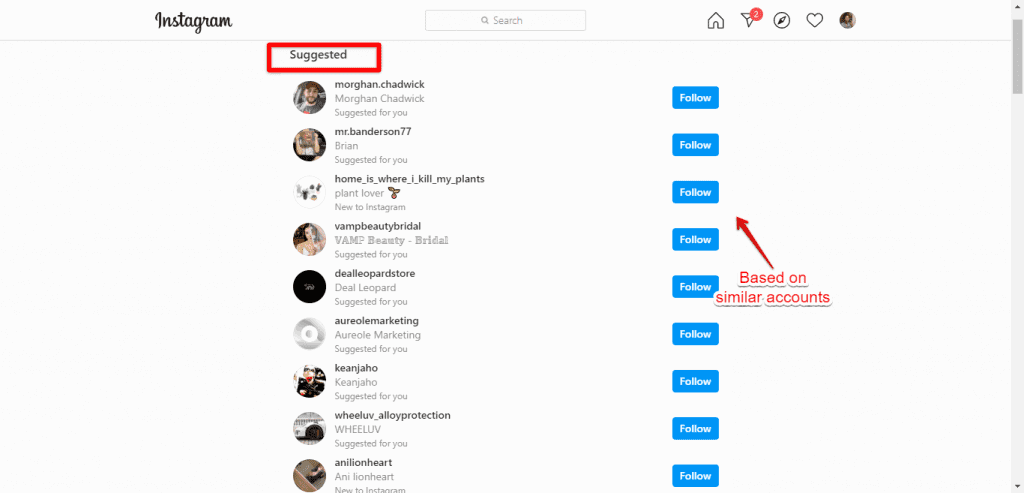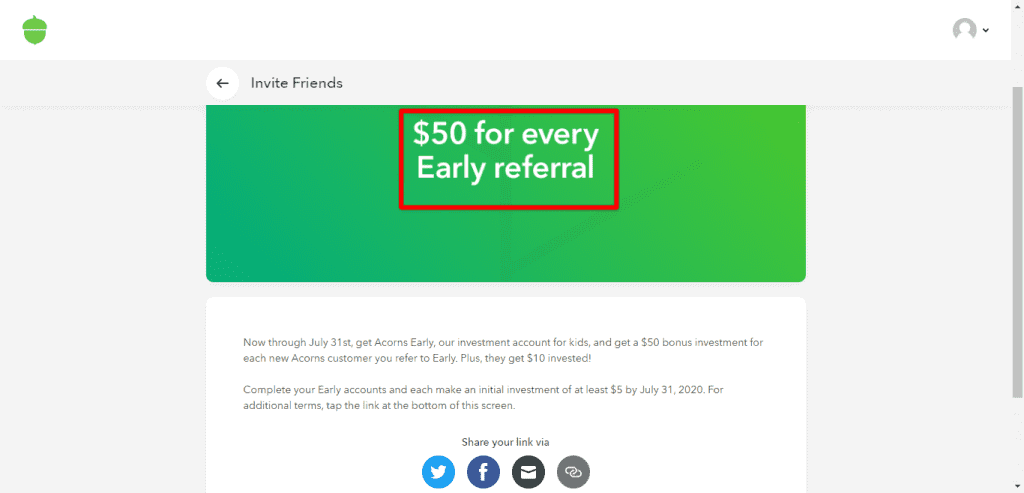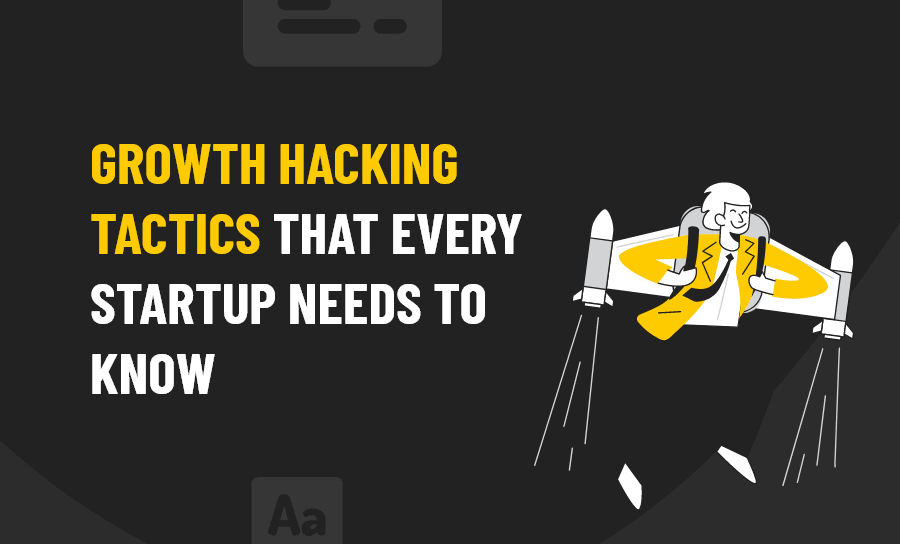A startup has particular needs, just like other businesses. As a new business forming from the ground up, there is a requirement to have rapid growth to be able to keep neck and neck with the competition and make a name for themselves.
Growth hacking is a tactic used by any business, but it is a more critical process for startups.
The following guide will highlight growth hacking for startups by addressing:
- What growth hacking is
- Why a startup needs a growth hacker
- Top tricks and tips
What is Growth Hacking
Growth hacking (or growth hack marketing) is a newer style of marketing to the e-world of business. Growth hacking is using certain techniques to be able to create rapid growth in site visits, sales, customer sign-ups, etc.
Growth hackers are experts in this area of marketing. Their main goal in marketing is to grow as rapidly and sustainably as possible. Growth hacking can be seen as a combination of brand optimisation paired with lead generation. This aims at long term success and having quick gains with an official product launch.
Growth hackers also involve the user base much sooner than with other processes. Each stage of development is pushed for feedback; starting with feature lists and wireframing. This comes with the idea that by working out kinks as you go and gain constant feedback, the final product will already be moulded to the desires of the target audience.
Growth hacking also aims at achieving a user base that has a loyalty to your product to the tune that over 40% of users would be very upset if your product no longer existed.
Why Startups Need Growth Hackers
Startups tend to be most at risk for failure….why’s that?
They are new. Startups are starting from the ground up, and there can be higher risk associated with launching a new business.
Most startups fail due to lack of funding or running out of funds. This points out the pertinence of getting the product or service right the first time through and garnering a flow of clients quickly and continually. Owners have to beat the clock before they run out of funds to cover costs and the upkeep of the business.
Startups require accelerated growth. In a race against time…growth is one of the most important metrics for a startup. As far as funding goes, the typical startup also can’t cover the costs for higher ticket promotional items…so growth hacking is the most affordable go-to.
Due to so many social media outlets, startups have the potential to reach millions of consumers with a high lot that could fit their business depending on the niche. All of these companies at your fingertips means an experienced and quality growth hacker is needed to reach these consumers fully.
A growth hacker can help with a variety of aspects with your marketing plan. It is typical for them to have a full spectrum of skills ranging from fundamentals to specialist with the highest depth of knowledge falling within acquisition and CRO.
For startups, finding a quality growth hacker can be a bit of a task, and those with true skill are in short supply. There is a 1:7 ratio of growth hackers to businesses seeking a quality growth marketer.
Top Growth Hacking Tips, Tricks and Tactics
Fake it ‘til you make it
When looking to hire a company or buy a product, many consumers trust the size of the business…meaning small and new business don’t always seem immediately appealing because they are deemed inexperienced and not fully trustworthy yet.
As a growth hack, this means to use this as a leverage point for establishing growth… pretend you are more than you are. One simple tactic could be having numerous country numbers or location numbers lead back to a singular calling platform. This gives the appearance of being large enough to have multiple locations.
Make a meeting place
Community involvement shows engagement and helps spread word of mouth. By creating a group on Facebook or Linkedin…or via your own site…you can make a space to discuss your product and features with your users. This also allows for the option of existing users to invite friends that would potentially also suit your target demographic.
This type of engagement creates a community feel, and as a result, can build brand loyalty and awareness as people become attached to the group, product, and brand name.
Make it VIP
Exclusivity can be a large push for more sign-ups. Fear of missing out (FOMO) is a powerful tool in growth hacking.
By announcing that the product is a referral only platform or only a certain percentage of those that sign up will be approved for the product pre-launch, an air of urgency and desire to sign up is created. Use this to your advantage, FOMO is an emotional response to what others are buying or doing, and by tying this to your product, it can make it that much more desirable.
Keep your friends close… and your enemies closer
So your competitors aren’t quite an enemy, right? This still holds weight, though. By looking at what your competitors are doing and have done and then looking into how they turned to success or failure, you can gauge what methods may or may not work based on the niche. Alternatively, you can see what they didn’t do as well and switch it up to make it work for you.
You can also look into ads, email newsletters, analytics, and more. Make these resources work for you and your startup.
Focus on feedback
Looking at user patterns can help highlight what you do well…and not so much.
Focus on investing in your own product/service. By seeing what you may not do as well, you can focus on improving pain points clients may have. Whether this is onboarding or the checkout process, by funnelling funds to your own processes, you have an opportunity to improve the user experience and in turn, retain possible repeat business.
Check into acquisition
This tactic may require more funds than some have available, but it is a way to boost the user base massively.
In some cases, there is an opportunity to buy out a competitor. This means for you; your company would then acquire their user base…people already familiar with a brand name and holding trust with them.
Some niches, it is too difficult to get users to transition from your competitor to yours, but with the ability to purchase them, your clients then increase based on the existing base. The work needed to establish trust and loyalty are already done…you take them on.
What about Instagram
A great feature in Instagram is once a user follows one account, they get similar accounts suggested to them to follow.
Ideally, you want to be exposed to as many people as possible as an account to follow. There are a few steps to follow to take advantage of this algorithm.
By searching relevant hashtags to your niche, you can then follow the top accounts using the hashtag and like a few of their recent posts. By doing this, you can get pushed to their users as a similar account to follow.

Time for Twitter
When looking for a potential client on Twitter…search key phrases as if you were a user. Doing this allows you to find mentions within your niche and in turn, gives you a list of people you can approach.
I.e. if you sell mosaics, you can search “Need mosaic” “Want mosaic” or “Buy mosaic” these queries can bring forward relevant posts made by those that may want to purchase from you.
API away!
Integrations, by far make processes for companies easier. Rather than having to do certain things manually and individually, integrations can streamline processes.
If you offer a web-based tool, make your tool API friendly to other sites and platforms. Doing this again allows you to ride the loyalty wave from other sites. This automatically makes your platform more appealing to existing users elsewhere.
Warm-up your customers
Although cold email can be effective…it can sometimes do the opposite if a potential customer is not properly warmed or introduced to the product.
One way to help make your emails more effective is to warm up the potential client base. By running targeted ads on social media, your brand and product will begin getting seen before your emails are sent. By warming before the official approach, there may be a higher rate of success when it comes to your launch.
Gamify your set up
Incentives are a treat for many users. When creating your sign up and onboarding process, add in rewards.
I.e. if a user signs up and shares their sign up link on social media and gets 10 new users to also sign up, they get a free month or discount off their product.
This reward pushes people to share links to sign up and purchase your product. And more than likely, if they are sharing in their inner circles, they will have people similar to themselves that would also enjoy the product.

Other gamification examples depending on your platform could be free bonuses, free upgrades, discounts on future purchases, extra items to add to their dashboard, reimbursement on their purchase and more…
Be a window
Transparency is an important value for many users. Many seek out brands that promote behaviors that show complete visibility to the public.
By being true to your name and brand and showcasing your ethics and exactly what you do, an air of trust gets built and in turn, bulks up positive rapport associated with your brand and product. In the world of customer loyalty, this is huge for retainment.
What about ratings?
So we already touched base on investing in your own product to solve bugs and potential hiccups…but how do you arrive at a conclusion on what to keep or change.
Simple.
Send out a quick 2-3 questions survey to existing users. A short survey doesn’t take much time to fill out. By asking for (1) a scaled rating on 1-10, (2) Why they chose this, and (3) an option if there are any other notes…you can quickly garner a stack of reviews to see what needs fine-tuning.
This then highlights what your customers actually want and think about your product. Getting 9s and 10s are great, but getting lower scores helps turn criticisms to opportunities to both learn and grow.
Stick the landing….page
A landing page is a useful tool to help push a user through the funnel to make the final purchase.
Make multiple landing pages to suit different users. This means for those unfamiliar with your product will need a page that describes your product, features, benefits etc. Those that are already familiar, are waiting for the official launch, and/or have been to previous landing pages or profiles may be more interested in a page that highlights timelines and other news beyond just product features.
By tailoring the experience around how a user may respond best can better garner signups. But how can you determine what landing pages suit who?
Get a heat maps style tool!
These tools allow you to see where traffic is coming from and where the trend to travel and spend time. This can help you determine what to change based on what traffic goes to which pages. New users will need informative headers, and existing users will more than likely seek out content.

(Photo Credit: Return On Now)
Kill ‘em with kindness
How many times have you opened your inbox and have seen countless “sales” “discounts” “coupon codes” or “printable gift certificates” to purchase a product? After a while, this tactic does not create the urgency to head to the shopping cart as it could have.
Rather than giving discounts to continue membership or push for another purchase, send a gift…not a discount.
This means selecting some users to receive free extensions or upgrades if they click the link to their profile and add the discount code. These bonuses can again boost loyalty and positive brand image.
Doing this has two typical effects:
1: People can view your brand in a more positive light for giving a gift.
2: People may feel more inclined to open other emails down the line that offer paid items.
Don’t let them forget
With the constant flow and influx of information…it can be all too easy to forget who a company or product is if there is not a strong attachment.
By adding a simple script in your email about who you are and what your product does.it can help give a little mental refresh when waiting for a product launch
Hopefully, these tips, tricks, and tactics can help you with your startup growth hacking mission. Too busy or want to bring in an expert team instead? Book a call with the Pearl Lemon team today to discuss your individual needs and goals to reach your growth goals and potential!








